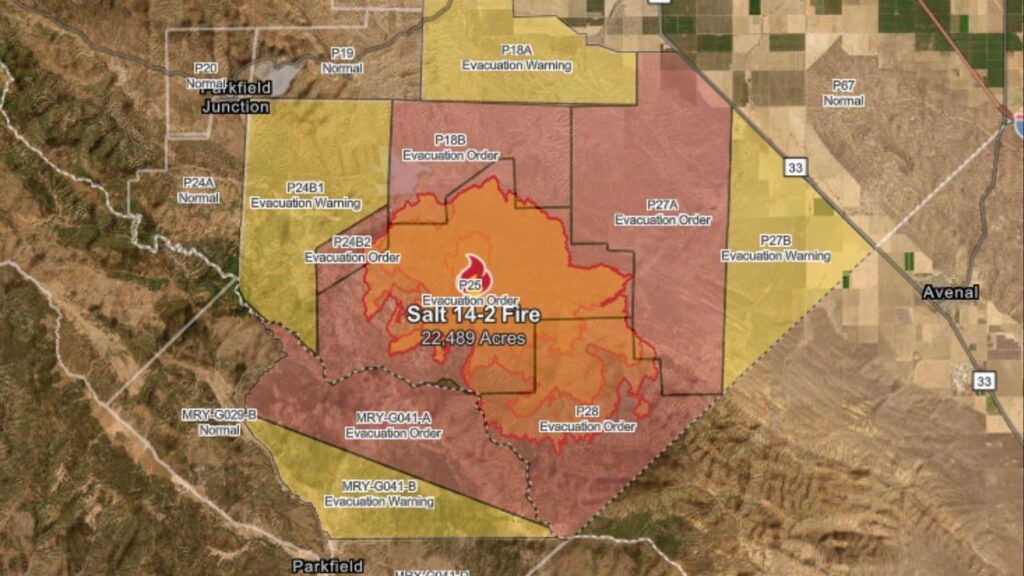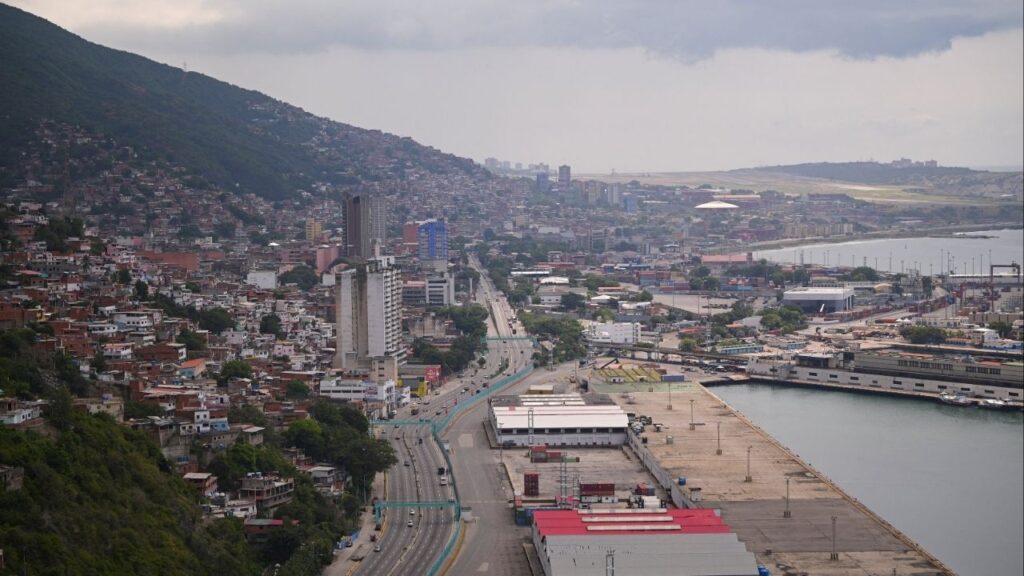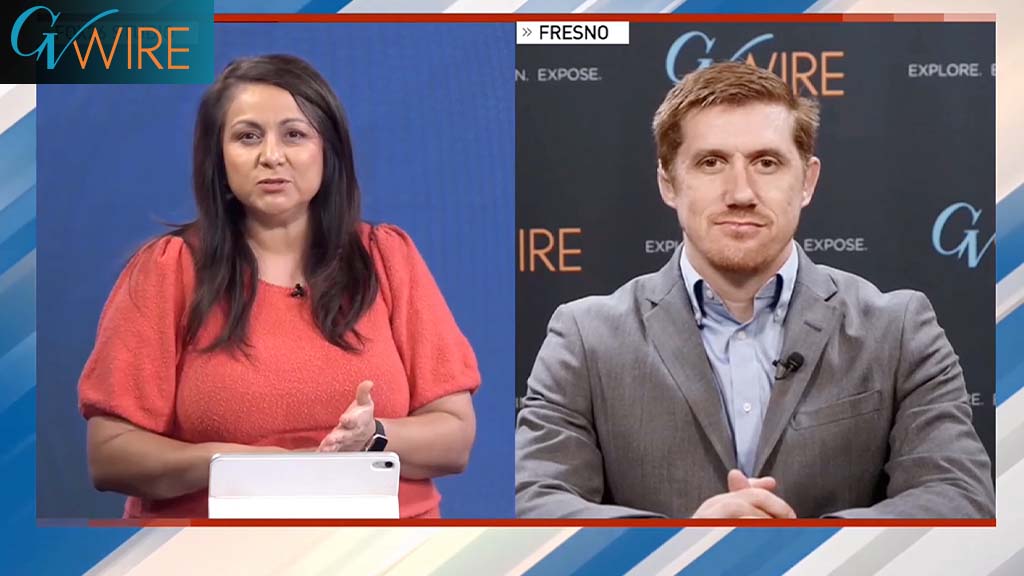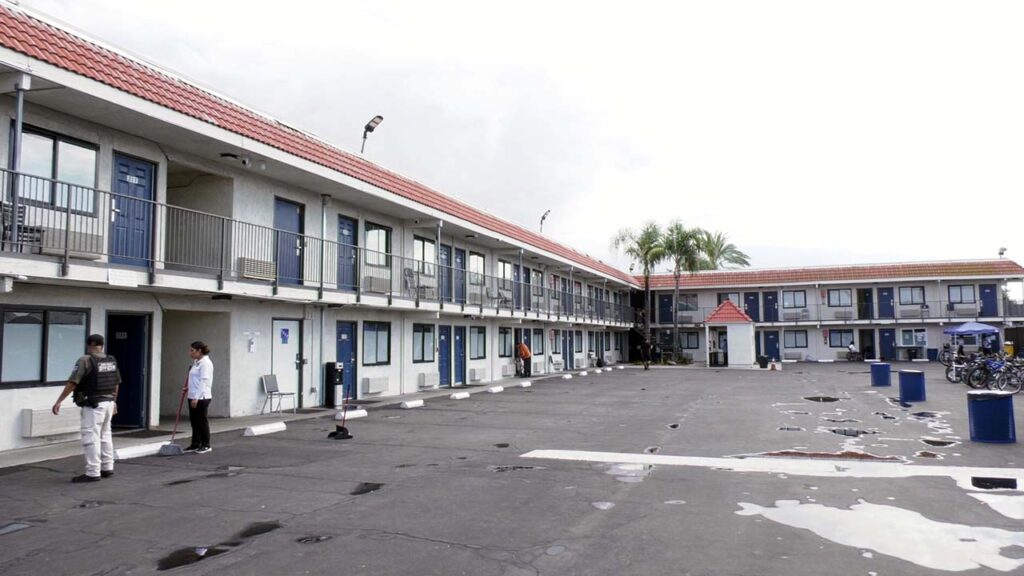As rents rise in urban areas, public transit ridership falls, creating a dual crisis in housing and transportation for California. (Shutterstock)

- UCLA study reveals link between rising rents and declining transit ridership in Los Angeles and Orange counties.
- California's housing crisis exacerbates public transit woes, pushing low-income riders out of transit-friendly neighborhoods.
- Proposed legislation aims to boost housing near transit stops, sparking debate on affordability and displacement.
Share
This story was originally published by CalMatters. Sign up for their newsletters.
The northern tip of the Vermont Square neighborhood in South Los Angeles gentrified in many of the usual ways over the last decade.
Median incomes shot up. The neighborhood’s share of Black residents declined. On the list of fastest growing home prices across the region, Vermont Square cracked the top ten. Along Western Avenue, new apartment buildings popped up as visible markers of change.
But there is a less obvious, if no less profound, marker: Fewer people began riding the bus.
Between 2012 and 2017, public transit ridership fell in this Census designated tract — a roughly half-square mile neighborhood spanning Western — by 24%. In that same period, the neighborhood-wide rent increased by an average of $468 per month.
That, according to UCLA researchers, is probably not a coincidence. A study published late last year compared changes in transit ridership numbers to rental market trends in neighborhoods across Los Angeles and Orange counties. It found that in neighborhoods well-served by buses and trains, transit ridership tended to fall in places where the rents were rising.
The Impact of Rising Rents on Transit Use
At the south end of Chinatown, average rents went up $379 and transit use fell by 21%. In a sliver of Pacoima in the San Fernando Valley, rent was up $305, ridership was down 28%. Across the region, a neighborhood-wide rental hike of an extra $230 per month predicted a 22% decline in bus and train boardings.
The most likely explanation, according to the researchers, is that as dense urban neighborhoods grow more costly, lower- and moderate-income renters, the very people most likely to ride the bus, are pushed out and replaced by a more affluent set who, on the whole, tend to favor getting around by car.
The findings suggest gentrification isn’t just bad for residents displaced by rising rents and scarce affordable units: It’s also bad for the transit systems those displaced residents rely upon.
Twin Crises: Housing and Transit
California’s public bus and rail agencies are in a decade-long slump. For that, there’s plenty of blame to go around.
COVID-19 steered commuters away from crowded buses and train cars and ridership numbers have yet to fully recover. Federal rescue funding passed by Congress in 2020 and 2021 propped up these systems for a time but has now mostly dried up. Inflation, supply chain snags and now tariffs have made the cost of maintaining aging, legacy infrastructure even costlier. Even before the pandemic-era tumult, the advent of rideshare apps and a steady nationwide rise in car ownership rates resulted in a slow and steady decline of transit ridership.
The UCLA study points to yet another culprit behind the state’s public transit woes: California’s housing affordability crisis.
The Future of Housing Near Transit
That double-whammy is top of mind for many legislators in Sacramento this year. San Francisco Sen. Scott Wiener, a Democrat and prominent author of bills to boost housing production and support public transit agencies, is pushing legislation this year that is supposed to do both. Senate Bill 79 would allow for dense apartment construction around major public transit stops, including on land owned by transit agencies.
“If we’re going to make big public investments in public transportation, which of course I support and I know many of us support, we need to make sure that people can actually live near those stations and ride on those trains or those high-quality bus lines,” Wiener said at a legislative hearing late last month.
The bill has survived three committee hearings, but only barely, overcoming the opposition of two committee chairs. Supported by advocates for denser housing development and public transportation, it is fiercely opposed by construction labor unions, an array of city governments, anti-density activists and some advocates who argue the state should prioritize new housing set aside for low-income residents over market rate development.
This article was originally published on CalMatters and was republished under the Creative Commons Attribution-NonCommercial-NoDerivatives license.
RELATED TOPICS:
Categories



















